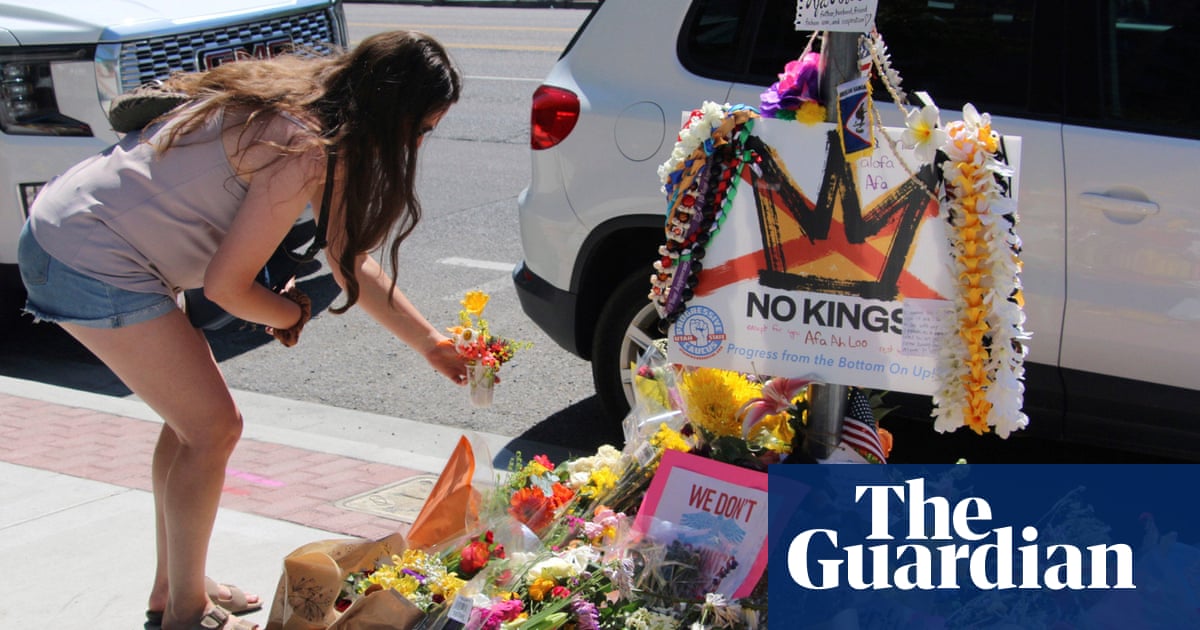Anjali Thapa
In Hetauda, Nepal, the Bankariya community, known for its unique heritage, is slowly transforming their way of living. Once, they relied on huts made from banana leaves and tin sheets. Now, they’re stepping into the modern world with brick and cement homes.
The improvements in their lifestyle are remarkable. Thanks to increased access to education and entrepreneurship opportunities, many are changing their lives for the better. For instance, Suntali Bankariya, a 40-year-old mother, runs a soap-making business using local herbs. She’s also ensuring her two sons receive an education. “I used to be shy. Now, I proudly promote my products and even train others,” she shared.
In her group, 21 women are also producing soap. Their efforts have improved their income, allowing them to enjoy better meals and occasionally treat themselves to wild fruits. “Our soap business is helping us thrive,” said 70-year-old Hasta Bahadur Bankariya, highlighting how their hard work pays off.
Yet, challenges remain. Many in the Bankariya community feel slighted by their lack of land ownership. Santoshi Bankariya expressed frustration at being landless despite her community’s deep-rooted connection to the land. “I learned to make soap and wanted to register my business, but I can’t without proper land papers. It’s frustrating,” she explained. The temporary land documents they received in 2005 expired, leaving them in limbo.
Likewise, Sangita Bankariya pointed out that what they truly need is reliable employment. “We want jobs, not just allowance,” she said. She also noted the government’s promise of free education, which has not been fulfilled, as families struggle to pay school fees for their children.
The Bankariya community, recognized as one of Nepal’s 10 endangered tribes, was only able to settle near the Twangra Khola river in the last few decades. Originally, they lived in the Chure forest, relying on fishing and hunting for survival. Today, approximately 93 Bankariyas live in 25 households in Musedhap, yet they still fight for collective land rights.
Historically, after demanding land for settlement, they received a portion of a leasehold forest in 2005. Now, they seek ownership certificates to secure their future. While a social security allowance of 4,000 NPR per person has helped them somewhat, the longing for autonomy and security remains strong.
The Bankariyas’ journey reflects broader issues of marginalized communities worldwide. As they navigate these changes, their story ignites conversations about land rights, education, and empowerment, highlighting the need for continued support and action.
For further insights on indigenous rights and community development, check out reports from the United Nations Department of Economic and Social Affairs.





















